
Fractional NFTs let you buy a share of expensive digital assets like iconic artworks, virtual land, or rare collectibles without needing millions. By splitting an NFT into smaller parts, anyone can invest, trade, and benefit from its potential growth.
In this guide, you’ll learn:
Whether you’re new to NFTs or looking to build your own platform, this article will show how fractional ownership is reshaping the digital asset world.
A fractional NFT is exactly what it sounds like — a small, tradable piece of a full NFT.
Normally, NFTs (non-fungible tokens) represent unique digital assets that are owned entirely by one person. But what if that NFT is worth $1 million? Most people can’t afford that. That’s where fractionalization comes in.
Through a smart contract, the original NFT is locked and split into multiple fractions, each represented by its own token — usually based on the ERC-20 standard. These new tokens act like shares of the NFT, allowing multiple people to own a piece of the same asset.
Here’s how it works in simple terms:
It’s similar to buying shares in a company, except here, you’re investing in a rare digital artwork, a collectible, or even virtual real estate.
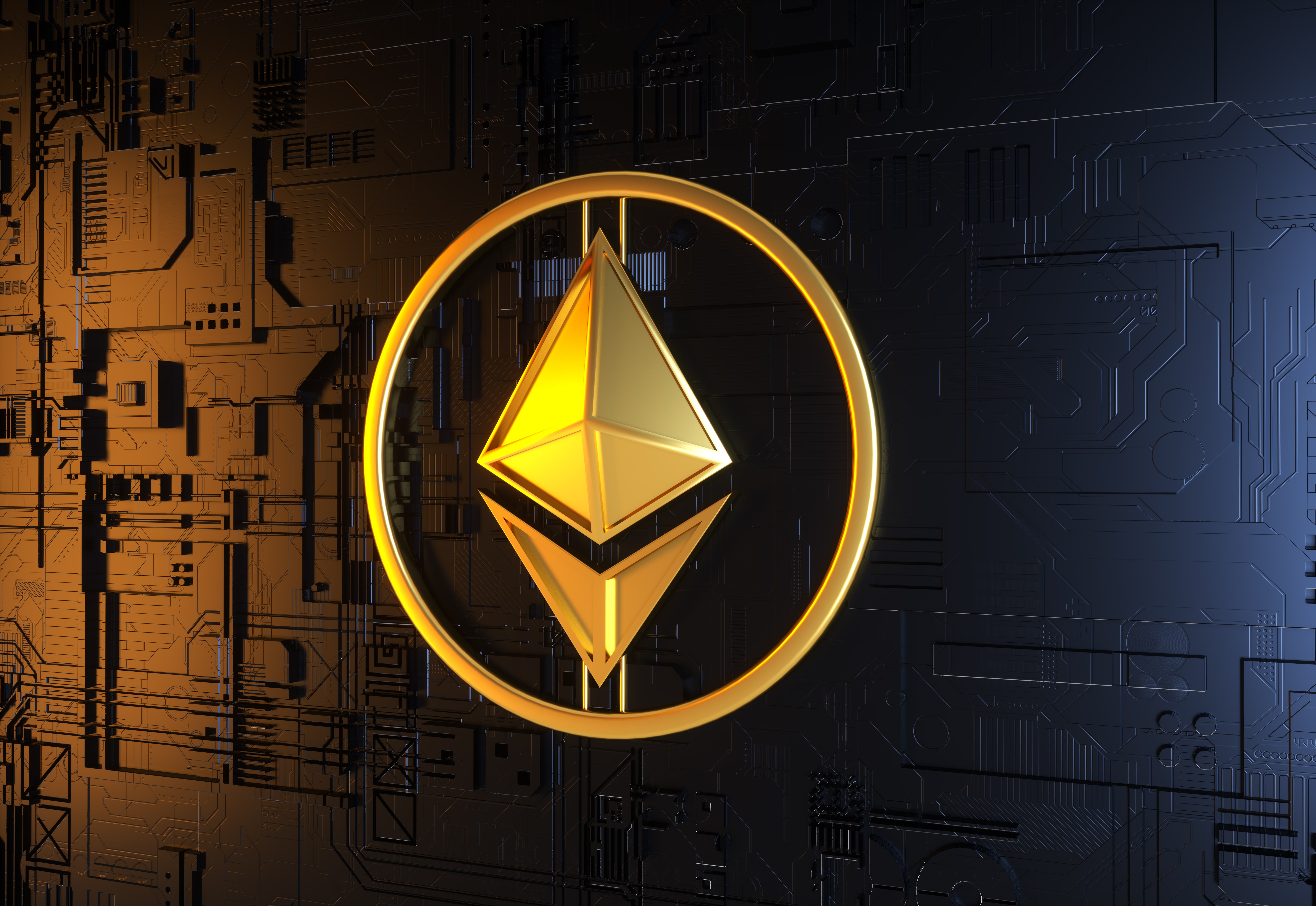
Fractionalizing an NFT involves locking the original asset in a smart contract and creating fungible tokens that represent ownership shares.
Here’s a step-by-step breakdown of how it works:
Optional Buyout or Redemption
Some platforms offer a buyout mechanism: if one user wants to own the full NFT again, they can offer to buy all fractions at a given price. If enough token holders agree, the smart contract releases the NFT to the buyer, and everyone is paid out based on their share.
The NFT is Locked
A high-value NFT (like a digital painting or in-game asset) is transferred to a smart contract. This contract holds the NFT securely and ensures it can’t be transferred or altered during the fractionalization process.
Fractional Tokens Are Created
The smart contract issues a fixed number of new tokens — usually ERC-20 tokens — that represent ownership fractions of the locked NFT. For example, if 1,000 tokens are created, each token represents 0.1% ownership.
Ownership Is Distributed
These fractional tokens can be sold or distributed to multiple investors through a launchpad, auction, or direct sale. Token holders now share partial ownership of the original NFT.
Trading on Secondary Markets
Once distributed, the tokens can be listed and traded on decentralized exchanges (DEXs) or specialized NFT marketplaces. This gives holders the flexibility to buy more shares, sell at any time, or hold as an investment.
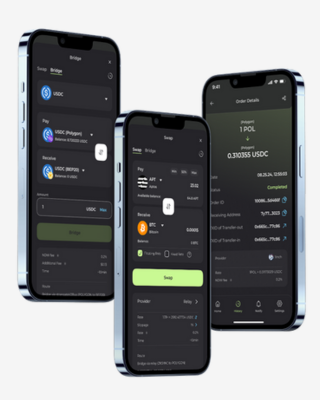
This process is powered entirely by smart contracts, ensuring transparency, security, and automation — no middlemen needed. Fractionalization opens up new ways to invest in NFTs with lower risk and higher liquidity.
The core difference is simple:
Traditional NFTs represent 100% ownership of a unique digital asset.
Fractional NFTs allow shared ownership by splitting that NFT into smaller, tradable pieces.
Let’s break it down further:
| Feature | Traditional NFTs | Fractional NFTs |
|---|---|---|
| Ownership | Single owner | Multiple owners |
| Liquidity | Often illiquid (hard to sell) | Higher liquidity via secondary markets |
| Accessibility | Expensive, limited to wealthy buyers | Affordable for smaller investors |
| Use Case | Art, collectibles, gaming assets | Same, but with shared access |
| Token Type | ERC-721 or ERC-1155 | Usually ERC-20 (fungible) |
| Trading Model | One-off sales | Open trading of ownership shares |
A traditional NFT of a rare Beeple artwork might sell for $1 million to a single collector.
The same NFT can be fractionalized into 10,000 tokens, each priced at $100, allowing thousands of people to invest, trade, and co-own the asset.
Fractional NFTs bring the democratization of ownership. They lower the barrier to entry and make it possible for everyday users to invest in high-value digital assets that were once reserved for whales and institutions.
You don’t need thousands (or millions) of dollars to invest in valuable NFTs. Fractionalization allows anyone to own a piece of a top-tier asset with just a small amount of capital, sometimes as little as $10 or $20.
Traditional NFTs can be hard to sell due to their high price and niche market. Fractional NFTs, on the other hand, are easier to trade on secondary markets, offering more liquidity and quicker transactions for investors.
Traditional NFTs can be difficult to price accurately, as their value is often subjective and can vary widely based on factors such as rarity, historical significance, and cultural relevance. Fractionalizing NFTs can help to establish a more transparent and objective pricing mechanism, as investors can buy and sell fractions of the NFT based on market demand and supply.
Fractionalization allows investors to buy and sell fractions of NFTs more easily and at lower transaction costs, as they do not have to find a buyer for the entire asset. This increased liquidity can lead to a more efficient price discovery mechanism, where the price of the fractionalized NFTs is based on market demand and supply.
Investors from around the world, regardless of net worth, can now participate in owning iconic NFTs, digital art, or in-game assets. This levels the playing field and fosters a more inclusive NFT ecosystem.
NFT owners can generate revenue without selling their entire asset. By fractionalizing and offering shares to the public, they can retain partial ownership while benefiting from the asset’s appreciation and community engagement.
While fractional NFTs offer exciting benefits, they also come with risks that both investors and creators should be aware of. Here’s what to consider before diving in:
NFT prices can be extremely volatile. Even fractional ownership doesn’t protect you from sudden drops in value caused by market hype, speculation, or loss of interest.
Fractionalization relies on smart contracts to lock the original NFT and issue shares. If the contract contains bugs or vulnerabilities, funds could be lost or the NFT could become inaccessible. Always ensure the platform is audited and trustworthy.
Fractional NFTs may be viewed as securities in some jurisdictions, which could lead to legal complications or future restrictions. Regulation around NFTs and tokenized assets is still evolving and varies from country to country.
Although fractionalization increases liquidity, this only works if there’s enough demand. If the underlying NFT isn’t popular or widely recognized, it may be difficult to sell your fractions — even at a loss.
Most fractional NFTs are created and managed through third-party platforms. If that platform goes offline, gets hacked, or is mismanaged, your investment could be at risk. Always research the platform’s reputation, security, and community trust.
Owning a fraction doesn’t always come with decision-making power. Who decides when to sell the full NFT? How are royalties or proceeds distributed? Not all platforms handle governance the same way — and lack of clarity can lead to disputes.
Fractional NFTs are a promising innovation, but like any investment, they come with risk, complexity, and uncertainty. Do your research, choose reputable platforms, and only invest what you’re prepared to lose.
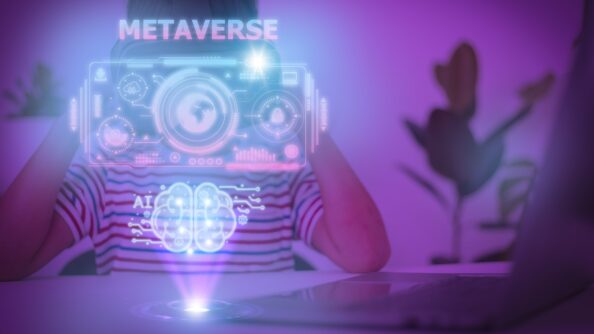
Axie Infinity
Rare Axies, sometimes valued in the tens of thousands, were fractionalized, allowing new players and investors to get involved with minimal capital.
NFT Game Items & Lands
In-game assets across various Web3 games have been split into fractions, enabling shared ownership and community-driven play-to-earn models.
Why it matters:
Fractional NFTs lower the barrier to entry in blockchain games and make rare items more accessible and tradable.
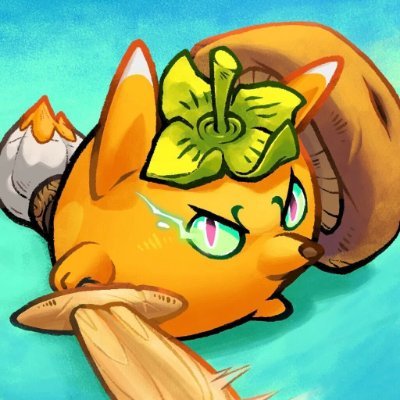
A blockchain-based platform for officially licensed NBA highlight moments. Some of its most iconic NFTs have sold for over $200,000 — and several of these moments have been fractionalized on platforms like Otis and Nifty Gateway, allowing fans to co-own a piece of basketball history.
Why it matters:
Sports fans can now become part-owners of iconic game moments, combining fandom with digital investment.
Decentraland & The Sandbox
Plots of virtual land have been fractionalized so that groups of users can co-own, co-develop, or rent digital real estate.
Why it matters:
Shared ownership is a core pillar of metaverse economies, and fractionalization helps scale that vision.
Why it matters:
Fractional NFTs are expanding beyond digital assets into the physical world, transforming how we think about ownership and investing.
Beeple’s “Everydays: The First 5000 Days”
After selling for $69M at Christie’s, a portion of this iconic artwork was fractionalized, giving smaller investors access to one of the most valuable NFTs ever created.
CryptoPunks
Several high-value punks have been split and sold on platforms like NFTfi and Otis, allowing users to own a share in this legendary collection.
Why it matters:
Fractionalization democratizes access to blue-chip digital art that was once limited to ultra-wealthy collectors.

If you’re looking to buy, trade, or launch fractional NFTs, several platforms are already leading the way. Each offers unique features tailored to different use cases — from digital art to collectibles and real-world assets.
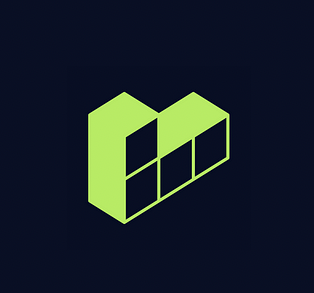
Blockchain: Ethereum
Focus: High-value digital art
Features: Tokenizes NFTs into ERC-20 shares; includes a community-driven buyout system.
Why use it: One of the first and most trusted platforms in fractional art ownership

Blockchain: Binance Smart Chain (BSC)
Focus: NFT fractionalization + DeFi tools
Features: Fractional ownership, governance via NFTFY token, and integration with DeFi protocols.
Why use it: Low gas fees and built-in DAO governance.

Blockchain: Ethereum
Focus: Alternative assets (sneakers, collectibles, streetwear)
Features: Offers curated drops of real-world assets converted into fractional NFTs.
Why use it: Bridges the physical and digital — ideal for collectors and lifestyle investors.
Fractional NFTs are still in their early days, but the potential they hold is enormous. As the NFT ecosystem matures, fractionalization is likely to become a standard feature, not just a niche innovation.
More investors are discovering NFTs, but few can afford the top-tier assets. Fractionalization provides a gateway for broader participation, and we can expect more platforms, wallets, and marketplaces to support this model natively.
The concept of fractional ownership isn’t limited to digital art. In the future, real estate, luxury goods, intellectual property, and collectibles (like cars, watches, or wine) could all be tokenized and sold as fractional NFTs, making traditional markets more liquid and accessible.
Fractional NFTs could evolve into financial instruments — think NFT-based index funds, ETFs, or even NFT-backed lending protocols. They could be integrated into DeFi ecosystems, used as collateral, or pooled into investment baskets.
Future platforms may offer more advanced governance tools for fractional owners — enabling voting rights, shared revenue decisions, and transparent buyout processes. This will create a more democratic and community-driven ownership experience.
Currently, most fractional NFTs live on Ethereum. But with growing interest in chains like Polygon, Solana, Flow, and TON, cross-chain solutions will likely emerge — enabling broader interoperability and lower gas fees.
As regulators catch up with innovation, clearer legal frameworks for fractional NFTs will help build trust and legitimacy, encouraging institutional participation and new forms of compliant ownership models.
Fractional NFTs are transforming how we think about digital ownership. They represent a shift from exclusive access to shared value — and in the coming years, they’ll likely reshape not only the NFT market but entire industries.
If you’re building something in this space — whether it’s a marketplace, investment tool, or NFT-powered product — fractionalization could be the key to unlocking mass adoption.
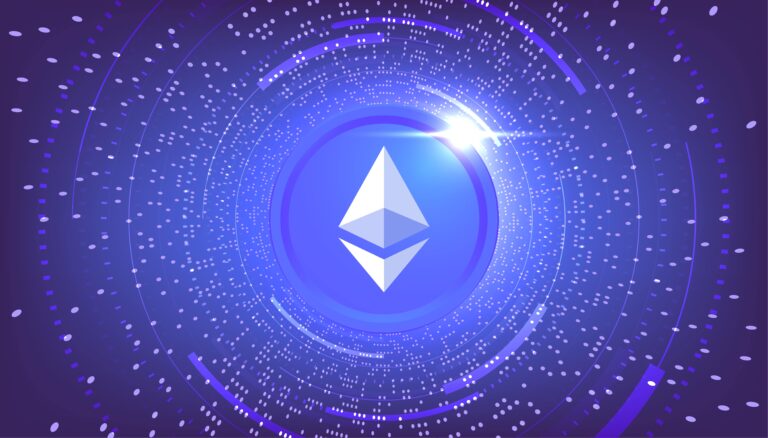
Whether you’re an NFT creator, startup founder, or investor looking to bring innovative digital ownership models to life — we can help.
At ND Labs, we specialize in building secure, scalable platforms for fractional NFTs, marketplaces, and tokenized assets.
Let’s bring your idea to market — faster and smarter.
Contact our team to discuss your project today.